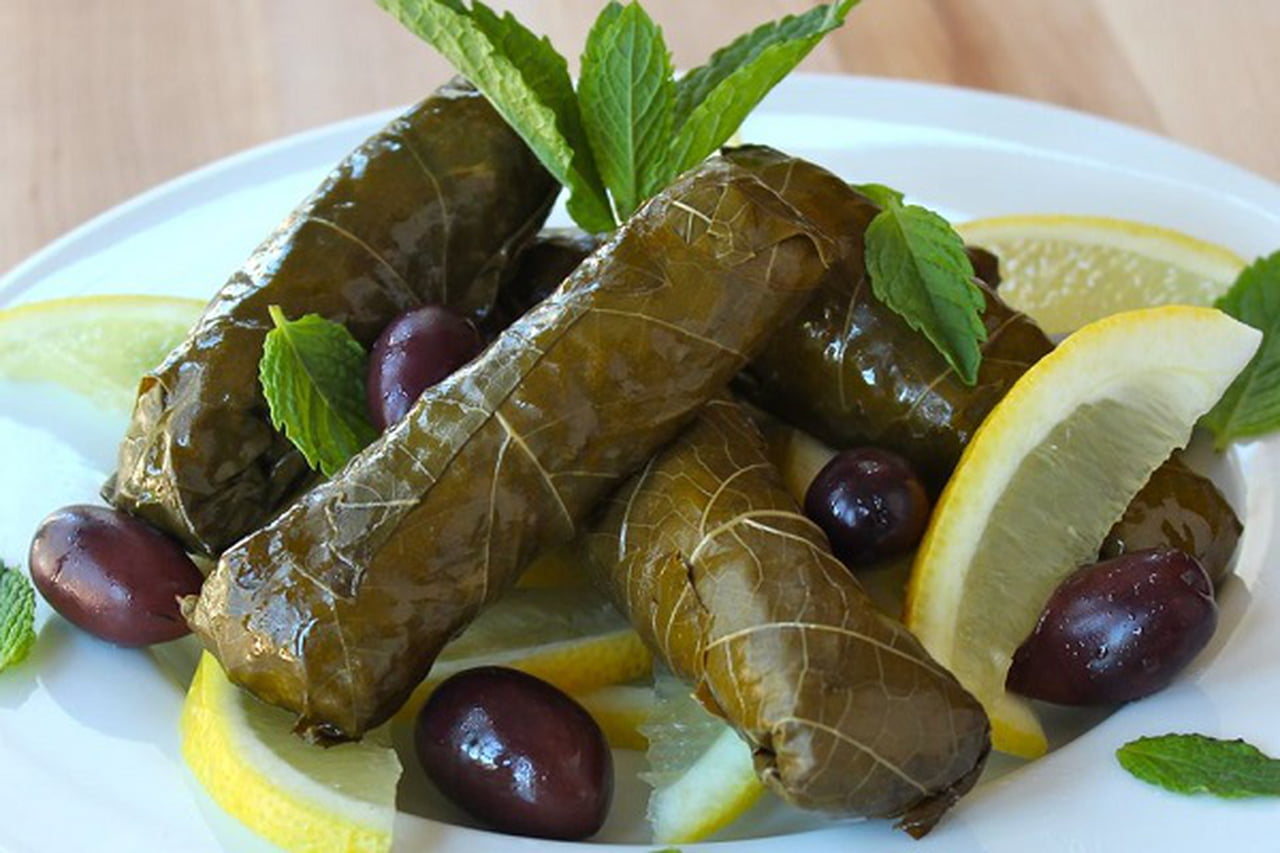
Some feature rice and vegetables only, but many include meat. I wanted to make these at home so I poured over many, many recipes. When serving, you can squeeze some fresh lemon juice over the stuffed leaves or top with avgolemono, a lemon-egg sauce.Stacey loves these and orders them any time we are at a Mediterranean or Lebanese restaurant.While the stuffed leaves don’t need to be submerged during the entire cooking process, you should see some of the water/stock bubbling between the leaves. Periodically check the stuffed leaves to ensure that the liquid has not fully evaporated.Cover the pot and simmer for 1 hour and 30 minutes.Place a light bowl, plate, or other item on top of the stuffed leaves to keep them from floating during the cooking process.Add a 1/2 teaspoon of salt and the juice from the lemon.Depending on the size of the pot you may need to create a second layer of stuffed leaves Once rolled, place each stuffed leaf in the pot adding new ones next to it.



Separate the lettuce leaves and only use those that are large enough to be stuffed and rolled.Repeat until all of the grape leaves have been parboiled.Remove from the water and set aside on a large plate, taking care to lay each grape leaf flat, one on top of the other, and parboil the next batch of 4 grape leaves.Fill a large pot with water and bring to a boil.2 tablespoons fresh chopped dill or 1 tablespoon dried dill.20-24 grape leaves or 3-4 heads romaine lettuce.In the process steps below, I have detailed the preparation using both grape leaves and romaine lettuce. Our family recipe is a combination of rice and ground beef.Īnother bonus to this recipe is that you can substitute the grape leaves with romaine lettuce leaves, which is just as delicious. There are many different types of stuffing recipes, some call for pine nuts, others are vegetarian. While preparing stuffed grape leaves is somewhat labor intensive, enjoying a fresh batch far exceeds anything you’ll take from a can.


 0 kommentar(er)
0 kommentar(er)
